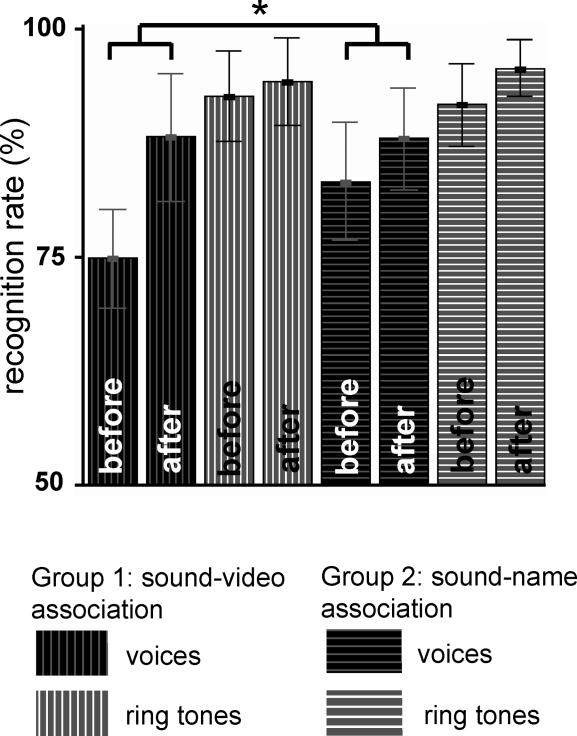Figure 5. Recognition Scores for both Groups for Voice and Ring Tone Recognition before and after Learning.
ANOVA on repeated measures revealed a significant crossmodal learning effect in both groups for voice recognition (F[1,27] = 28, p <0.0001) and a condition (voice recognition before, voice recognition after learning) by group (sound-video, sound-name group) interaction (F[1,27] = 6, p <0.018) reflecting a larger learning effect for voices in the face group than in the name group. For ring tone recognition there was no corresponding condition (ring tone recognition before, ring tone recognition after learning) by group (sound-video, sound-name group) interaction (F[1,27] = 0.4, p < 0.6). There was a significant effect of stimulus type before (F[1,27] = 16, p < 0.0001) and after learning (F[1,27] = 33, p < 0.0001) indicating that voice recognition was overall more difficult than ring tone recognition (post-hoc paired t-tests: before learning t = 5.8, p < 0.0001, after learning t = 3.3, p < 0.003). All p-values are two-tailed. Error bars represent 95% confidence interval of the mean.

